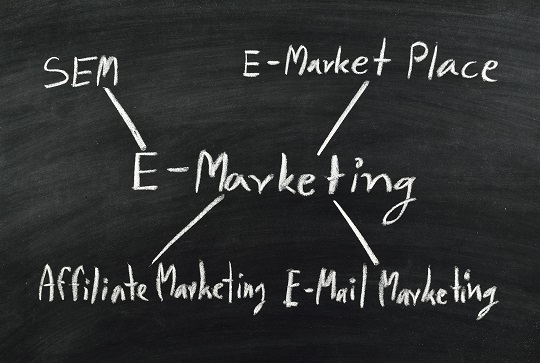Written By TalkLocal Co-Founder, Manpreet Singh
You know how to market to your customers, right? You know which products and services sell themselves right off the shelves. You know which directories and ads drive the most leads through your doors, onto your phone-line, and onto your appointment schedule. You may even know that loyal customer Jeff is allergic to nuts, yet still manages to make an incredible pecan pie.
But, do you know your prospective customers? Obviously not. After all, most of them you’ve never met. Still, if you want to win over those customers, you’ll have to learn about them… somehow.
The main tool for helping you conceptualize the perfect, perfect stranger is called persona building, Through buyer personas, not only can you make your marketing outreach as personalized as a one-on-one consultation, you can also become a regular Sherlock Holmes.
First of all… What are Buyer Personas?
Buyer personas are in-depth characterizations of the customer types you want. They are designed to help inform marketing strategy and other business choices.
Now, what are the steps to creating buyer personas?
There are three steps in buyer persona building and, just like a Sherlock Holmes mystery, the process combines your knowledge and your deductive powers.
1. Start with your product and work backward: Fortunately, understanding your unknown customers begins with something you know very well: your product. Ask yourself, or rather, your inventory list…
> What kind of products and services do I sell?
> What bigger-ticket products and services do I want to sell more of?
Once you’ve rattled off the list, it’s time to answer the pivotal questions. Think about the people who need such services. What do they tend to have in common? What sets them apart?
For example, if you are a landscape artist, your prospective customers are probably all property owners. Most may own family homes, and you have your fair share of those types on your docket, but the commercial property owners are still largely beyond your reach. So, already you’ve deduced the beginnings – the shadows – of two personas. Now, it’s a matter of giving them flesh and bone.
2. Dig deeper with demographical details: Using your current customer pool to keep your thinking grounded in reality, you can get a lot of information from your current knowledge and experience. A commercial property owner, you know, is usually in their 30s or 40s or hires a property manager of that age who would be the gatekeeper. People of such an age likely happen to have children. And since both extra land and disposable income are needed to employ a landscaper, you know that a certain economic status is shared among your ideal customers as well. So, now you’ve built the skeleton of the persona; the demographic details that will inform their habits/needs and inform your strategy of engagement.
3. Given the background details, determine what habits and needs each customer type has. So, you’ve gone from knowing just your own products, to knowing a little bit about your target demographic. Here is where you go completely Sherlock. Using research (search for surveys on various topics) or just common sense, determine how those details impact each persona’s life and the lives of the real people just like them.
What does a 30- or 40-something, working age parent and property owner read, when do they have to time for reading, and using what medium — computer, mobile device, newspaper? What specific concerns or needs do they have regarding the product… child-safety, allergies? What other obligations do they have to squeeze into their average day?
You can even ponder what they had for breakfast. Just draw inspiration from real or desired customers, research, and experience to give each persona as much depth as you would a new friend.
Now, you should have five or six personas complete with their own priorities, consumer habits, and personal lives. So, when designing a marketing strategy, you can dialogue directly with those personas to better communicate with the real people just like them.
Of course, it’s reasonable and not at all schizoid to give each persona a name and even a magazine cut-out face if it helps. What matters is that you keep each persona in mind as you develop various marketing strategies that touch their unique needs. Your new customers will think you’re Sherlock himself.














